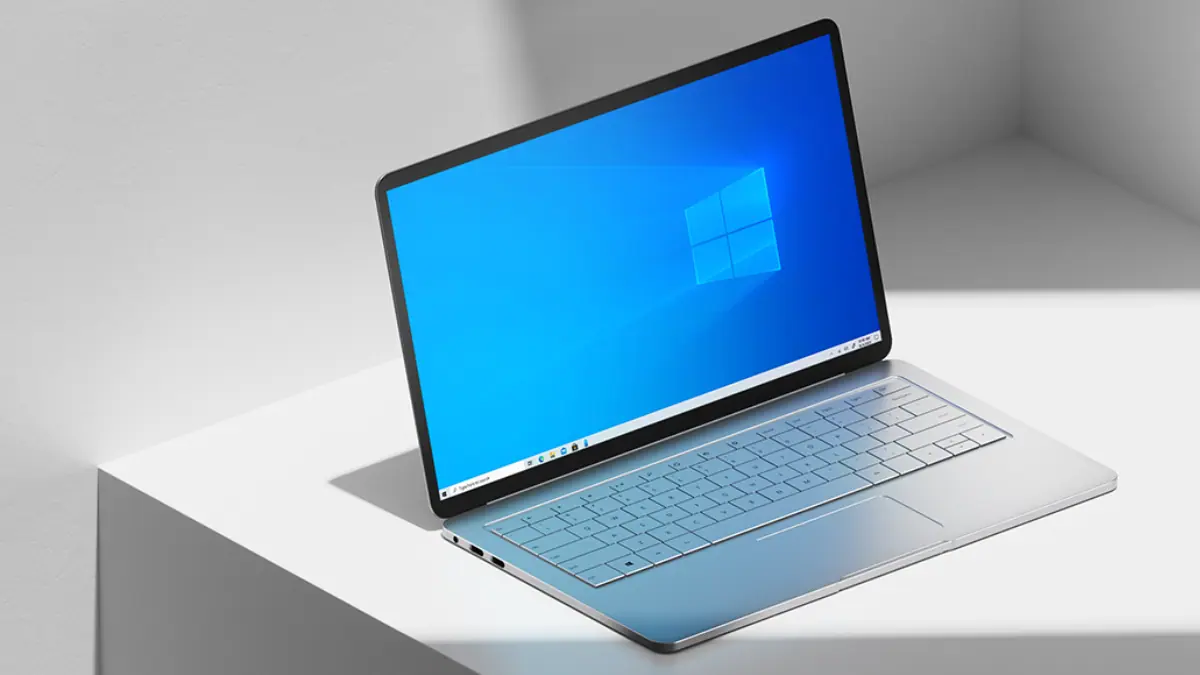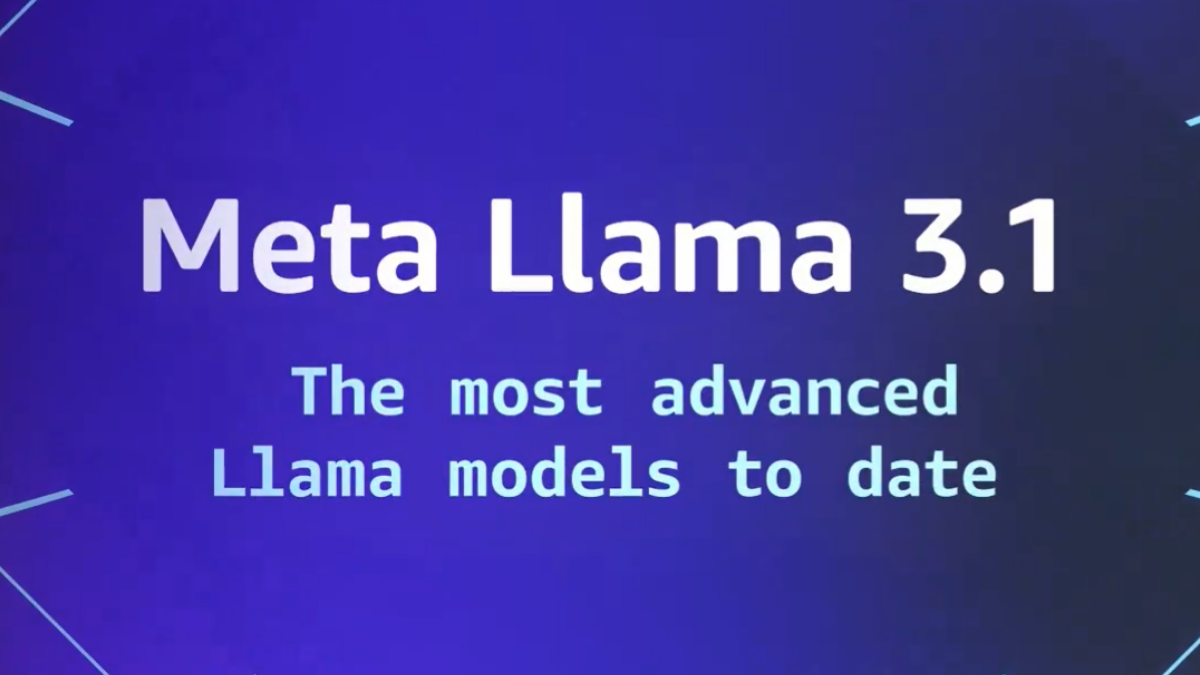Truly scary HoloLens patent could offer "practically unlimited" field of view
2 min. read
Updated on
Read our disclosure page to find out how can you help MSPoweruser sustain the editorial team Read more

While Microsoft has already launched the HoloLens 2, the field of view of the new headset only expanded somewhat, from around 30 to 50 degrees diagonal, described by some as going from looking through a mail slot to looking through a paper-back sized novel.
A new patent by Microsoft could offer “practically unlimited” field of view, but seemingly at major risk to the health and safety of the user and anyone close to them.
The headset works on this principle demonstrated by the gif below:
https://i.imgur.com/ERyunXc.gifv
Similarly, Microsoft plans to replace all the waveguides and lasers with a simple spinning fan studded with LEDs to create a screen with up to 90 degrees field of view.
Microsoft notes that the design has other advantages, as spinning the light array can create a flow of air which can help cool the LEDs, doing away with the need for a bulky cooling solution.
One can imagine that one spinning fan positioned on your nose would be sufficient for both eyes, but Microsoft notes that this can generate gyroscopic effects which 2 counter-rotating fans (one for each eye) can help cancel out.
As far as we know the patent was not applied for on the 1st April, though we note that date is coming soon.
Microsoft notes the display can be worn from 4 inches to 0 inches in front of your eyes, though I suspect I would not want the extremely rapidly rotating fan arm that close to my pupils when it inevitably shatters.
The full patent can be seen here.
Do our readers feel this patent is the solution to the limited field of view possible with waveguides? Let us know below.
Via PatentlyMobile









